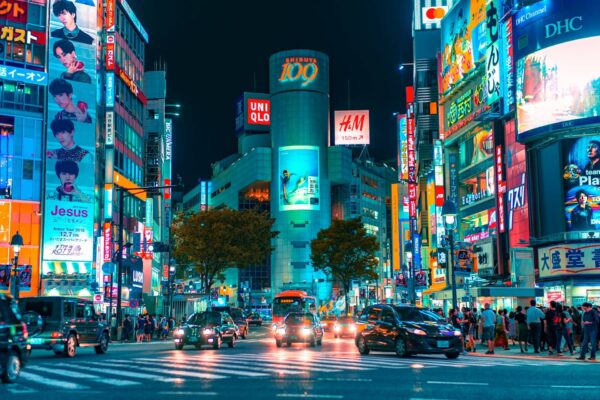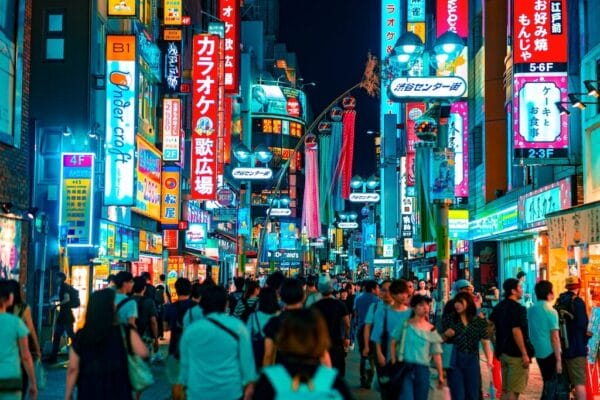As I stepped into the whimsical world of the Studio Ghibli Museum in Mitaka, Tokyo, I felt like I had been transported into one of Hayao Miyazaki’s enchanting animated films. This blog post will guide you through my unforgettable experience, sharing insider tips and highlighting the cultural significance of this beloved attraction.
A Hidden Gem in Mitaka | Studio Ghibli Museum
Nestled in the quiet suburb of Mitaka, about 30 minutes from central Tokyo, the Studio Ghibli Museum is a testament to the magic of animation. As I approached the ivy-covered building, designed to resemble a European-style house, I couldn’t help but feel a sense of childlike wonder.
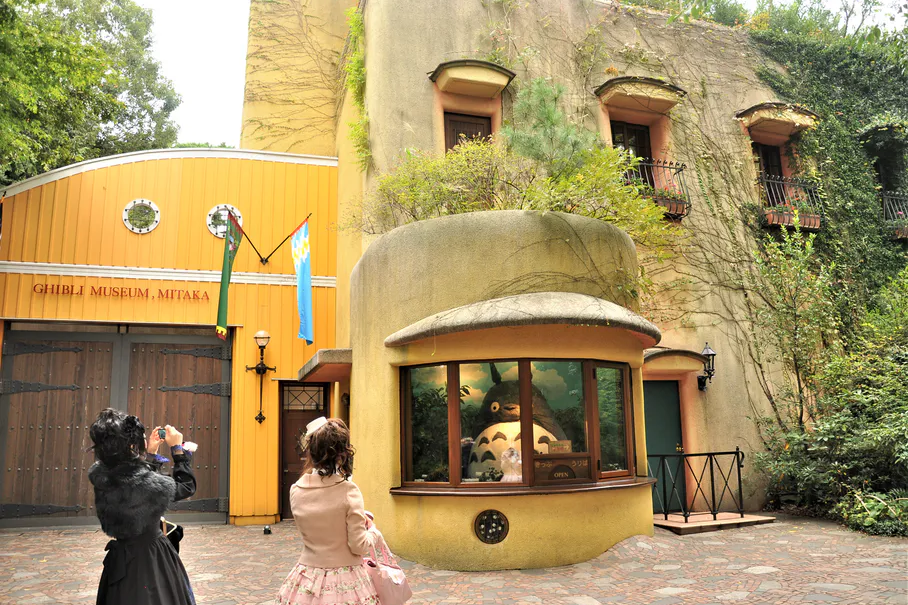
Tip: The museum is a short walk from Mitaka Station. Follow the clearly marked signs or join the crowd of excited visitors heading in the same direction.
Navigating the Ticket Process
One crucial thing to note is that tickets cannot be purchased at the museum itself. I learned this the hard way and had to plan a return visit. To avoid disappointment, book your tickets well in advance through the official website or at a Lawson convenience store in Japan.

Tip: Tickets go on sale on the 10th of each month for the following month. Set a reminder, as they sell out quickly!
A Journey Through Animation History | Studio Ghibli Museum
Upon entering, I met up with a colorful stained-glass window featuring characters from various Ghibli films. The first floor houses exhibits on the history of animation, showcasing the painstaking process behind creating these beloved movies.

I was particularly fascinated by the zoetrope, a pre-film animation device that brings Ghibli characters to life through rotating images. It’s a mesmerizing display that perfectly bridges the gap between old and new animation techniques.
The Magic of Miyazaki’s Mind
As I climbed the spiral staircase to the second floor, I felt like I was ascending into Miyazaki’s imagination. This level is dedicated to temporary exhibits that change periodically, ensuring that even repeat visitors have something new to discover.
During my visit, the exhibit focused on the creative process behind “My Neighbor Totoro.” Seeing original sketches and storyboards gave me a deeper appreciation for the artistry involved in bringing these stories to life.
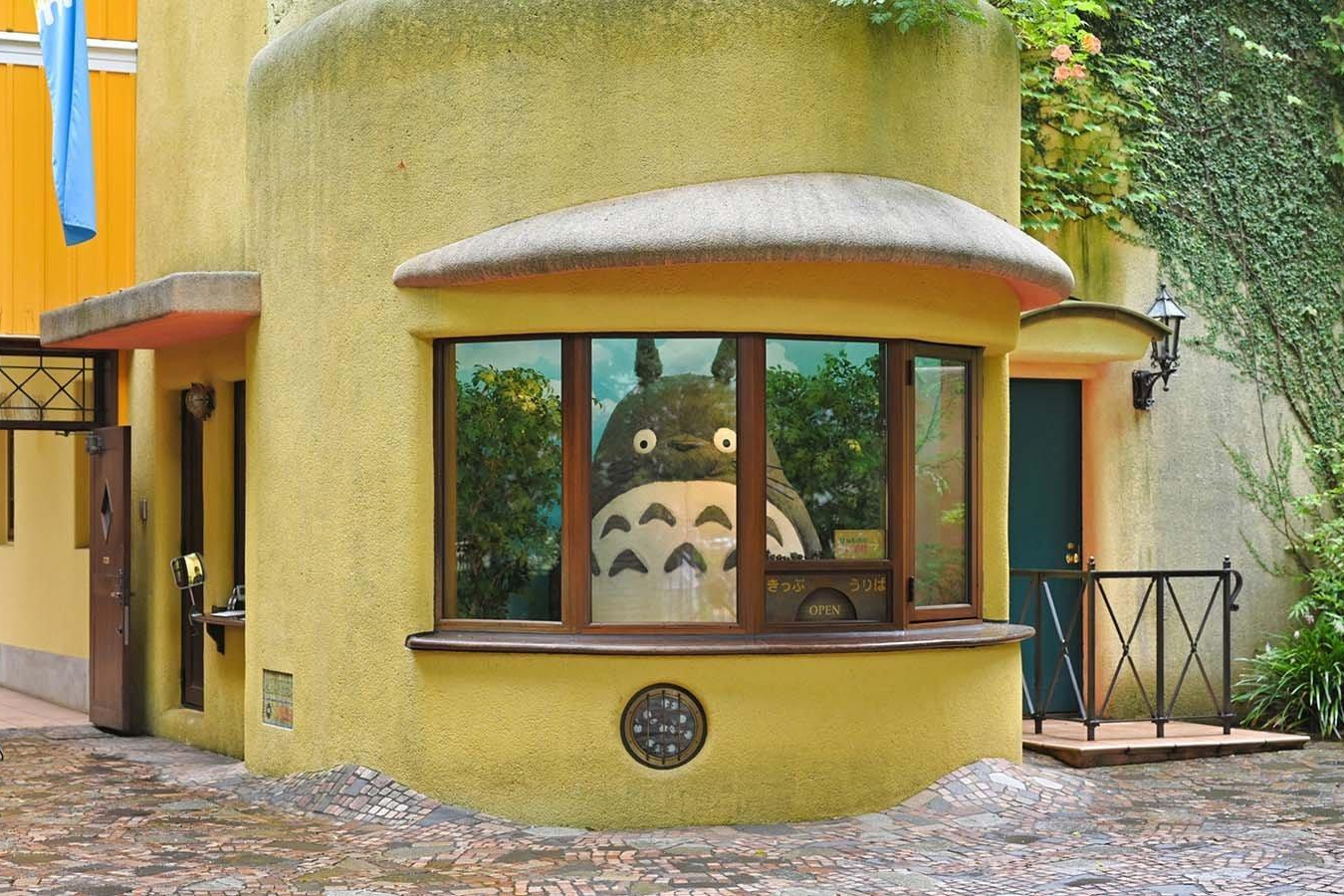
Tip: Take your time in this area. The details in the sketches and concept art are truly fascinating and offer unique insights into the filmmaking process.
The Rooftop Garden: A Real-Life Ghibli Scene | Studio Ghibli Museum
One of the highlights of my visit was the rooftop garden, crowned by the iconic Robot Soldier from “Castle in the Sky.” As I stood next to this towering figure, overlooking the lush greenery, I felt like I had stepped into a Ghibli film myself.
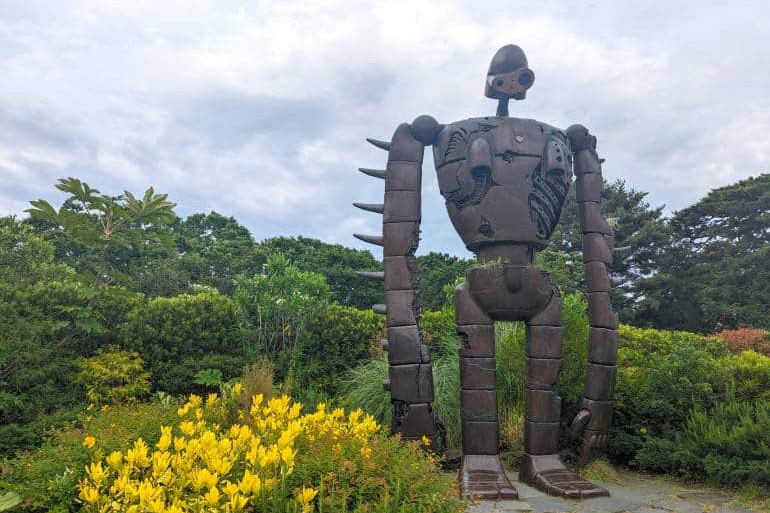
Tip: This is a perfect photo opportunity, but remember that you’re not allow to do photography inside the museum. The rooftop is one of the few areas where you can capture memories on camera.
The Saturn Theater: Exclusive Short Films
No visit to the Ghibli Museum is complete without watching one of the exclusive short films in the Saturn Theater. These charming animations, ranging from 10 to 15 minutes, are only shown at the museum and change regularly.
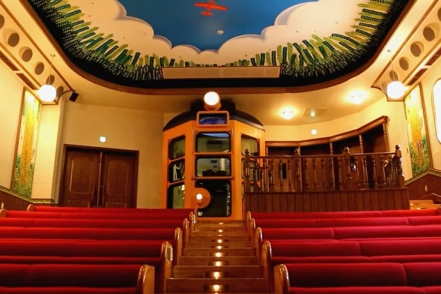
I was lucky enough to see “Mei and the Kittenbus,” a delightful sequel to “My Neighbor Totoro.” Even though the film was in Japanese without subtitles, the storytelling was so visual and engaging that language was no barrier.
Tip: Check the screening times upon entry and plan your visit around them to ensure you don’t miss out.
The Whimsical World of the Tri Hawks Reading Room | Studio Ghibli Museum
As a book lover, I’m in love with the Tri Hawks Reading Room. This cozy space contain with books that inspired Ghibli films, as well as art books and children’s literature. It’s a perfect spot to relax and immerse yourself in the world of storytelling that fuels Ghibli’s creativity.

Tip: While most books are in Japanese, there are plenty of visual materials to enjoy regardless of your language skills.
Culinary Delights at the Straw Hat Café
After exploring the museum, I refueled at the charming Straw Hat Café. The menu features Ghibli-inspired dishes made with organic, locally-sourced ingredients. I opted for the katsu sandwich, which was not only delicious but also beautifully presented.

Tip: The café can get busy, so consider having an early or late lunch to avoid the crowds.
The Gift Shop: Bringing Home a Piece of Ghibli Magic | Studio Ghibli Museum
No visit is complete without a stop at the museum shop, Mamma Aiuto. Named after the sky pirates in “Porco Rosso,” this store offers exclusive merchandise you won’t find anywhere else. From plush toys to beautiful art books, there’s something for every Ghibli fan.
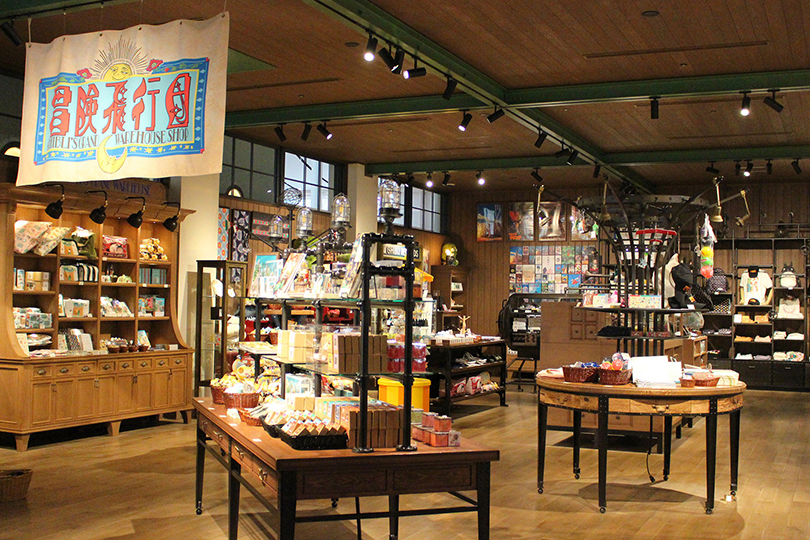
Tip: Set a budget before entering. It’s easy to go with the flow of the unique and high-quality items on offer!
Cultural Significance and Final Thoughts
The Studio Ghibli Museum is more than just a tourist attraction; it’s a celebration of Japanese animation and storytelling. It offers a unique glimpse into the creative process behind some of the most beloved animated films of all time, while also honoring traditional animation techniques.
As I left the museum, I felt a renewed appreciation for the art of animation and the magic of storytelling. Whether you’re a die-hard Ghibli fan or simply curious about Japanese culture and animation, this museum offers an unforgettable experience that will stay with you long after you’ve returned home.
For more travel inspiration and destinations in Japan and beyond, visit Findtourgo.

